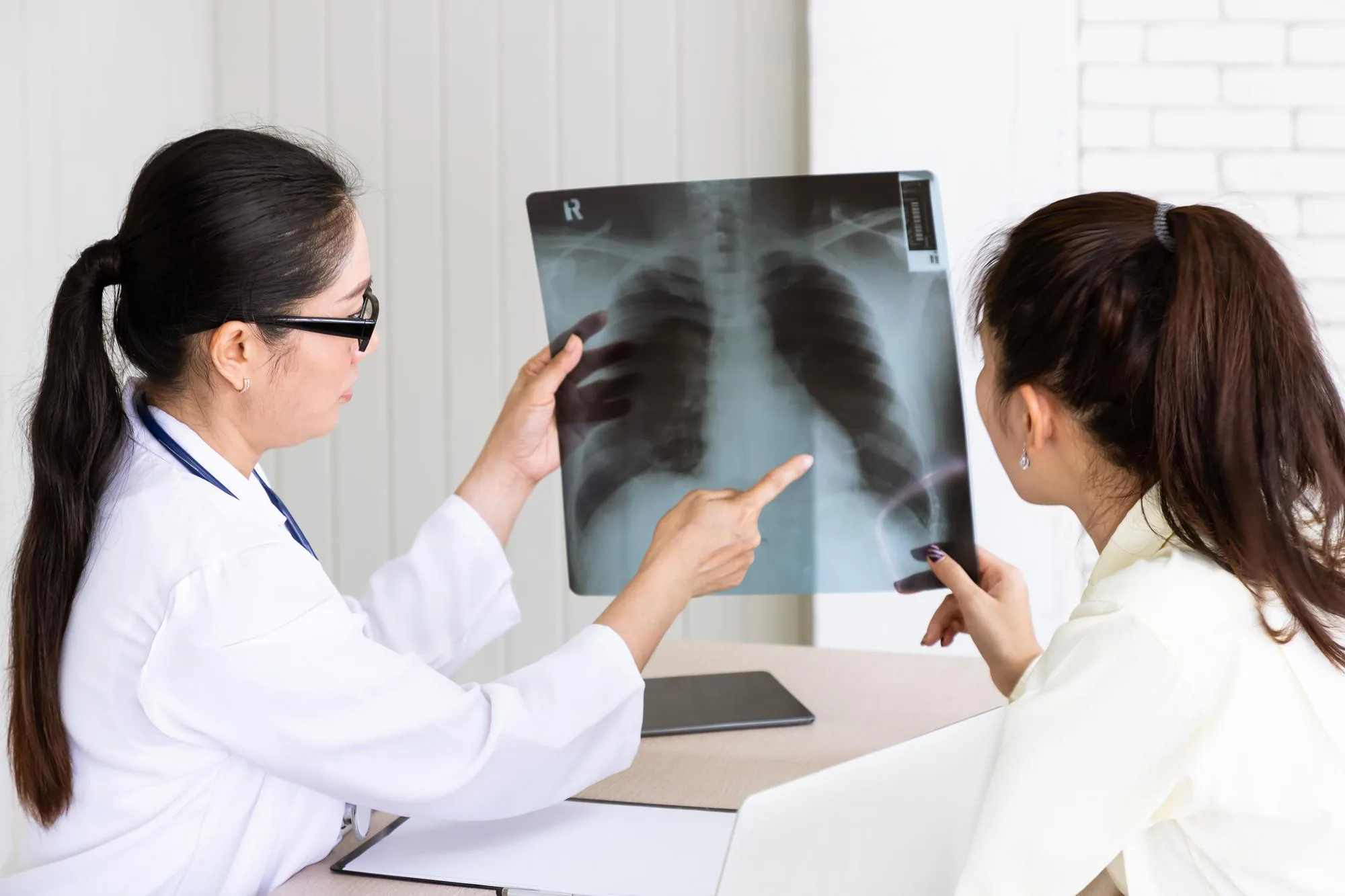
Lung health contributes extensively to overall well-being, and various lung tests play an important role in assessing respiratory function. From diagnosing chronic conditions like asthma and chronic obstructive pulmonary disease (COPD) to detecting lung cancer, these tests provide valuable insights into lung function and help healthcare professionals tailor appropriate treatment plans. In this article, we’ll explore some of the key lung tests, their purposes, and their significance in maintaining respiratory health.
Spirometry
Spirometry is a lung function test that measures the amount of air a person can inhale and exhale and the speed at which they can do so. During the test, individuals breathe into a device called a spirometer. This records important parameters such as forced vital capacity (FVC) and forced expiratory volume in one second (FEV1). Spirometry is commonly used to diagnose conditions like asthma and COPD. It can give doctors insights into lung function and help them determine how much respiratory impairment a person has.
Peak Flow Test
The peak flow test is a simple yet effective tool for monitoring lung function, particularly in people who have asthma. It measures the maximum speed at which a person can exhale air forcefully. By regularly monitoring peak flow values, people with asthma can track changes in their respiratory function. Their doctors can use this information to adjust their treatment plans accordingly, potentially helping to prevent and manage asthma attacks.
Chest X-ray
Chest X-rays are a common imaging test used to examine the structures within the chest, including the lungs. They can reveal abnormalities such as infections, tumors, and fluid buildup. Doctors often use chest X-rays to diagnose and monitor conditions like pneumonia, lung cancer, and tuberculosis. While X-rays provide valuable information, additional imaging tests, such as computed tomography (CT) scans, may be required for a more detailed assessment.
Pulmonary Function Tests (PFTs)
Pulmonary function tests encompass a series of assessments that evaluate how well a person’s lungs are functioning. These tests measure lung capacity, gas exchange, and the overall efficiency of respiratory function. PFTs can be instrumental in diagnosing various lung disorders, including interstitial lung disease and pulmonary fibrosis. They provide doctors with a comprehensive understanding of lung function and aid in the development of tailored treatment plans.
Arterial Blood Gas (ABG) Test
The ABG test involves drawing a small sample of arterial blood to assess levels of oxygen and carbon dioxide. It also measures other parameters such as pH and bicarbonate levels, providing valuable insights into respiratory and metabolic function. ABG tests are often conducted in critical care settings to monitor people who have severe respiratory conditions, such as acute respiratory distress syndrome (ARDS) or chronic respiratory failure.
Bronchoscopy
Bronchoscopy is a diagnostic procedure that involves inserting a thin, flexible tube with a camera (bronchoscope) into the airways to visually inspect the lungs. This test is particularly useful for identifying tumors, infections, and blockages within the airways. Bronchoscopy may also be used to collect tissue samples for further analysis. This can aid doctors in the diagnosis of lung diseases, including lung cancer.
CT Scans and MRI
Computed tomography (CT) scans and magnetic resonance imaging (MRI) provide detailed images of the lungs and surrounding structures. CT scans are especially valuable for detecting small lung nodules, evaluating blood vessels, and assessing the extent of lung diseases. While MRI is not as commonly used for lung imaging, doctors may use it in specific cases to visualize soft tissues and blood vessels.
The Significance of Lung Tests
Lung tests are important tools for maintaining respiratory health. They can enable early diagnosis and guide effective treatment strategies. Regular lung function assessments can be particularly important for people who are more likely to develop respiratory conditions, such as smokers, individuals with a family history of lung diseases, or those with occupational exposures to respiratory irritants. Timely lung testing allows healthcare professionals to intervene promptly, implement appropriate management plans, and improve overall health outcomes.
From spirometry and peak flow tests to imaging modalities like X-rays and CT scans, a range of lung tests can play a vital role in assessing a person’s respiratory health. These tests aid in the diagnosis and management of conditions such as asthma, COPD, and lung cancer. Regular lung function assessments are integral for individuals who have a higher risk of developing respiratory issues. They can provide valuable information that healthcare professionals can use to develop personalized treatment plans. As technology advances, lung testing continues to evolve, offering more accurate and efficient ways to evaluate and monitor lung health.
Resource Links
“Lung Function Tests” via the American Lung Association
“Lung Function Tests” via MedlinePlus
“Pulmonary Function Tests” via Johns Hopkins Medicine